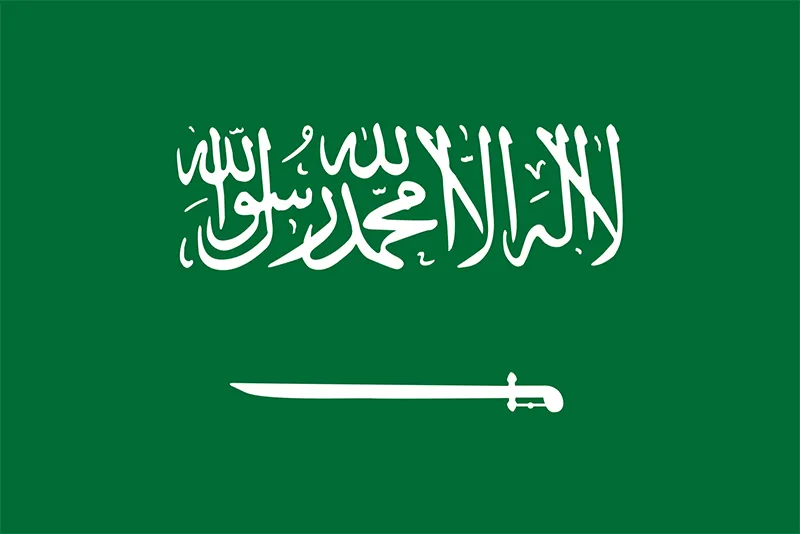Saudi Arabia’s drive toward sustainability and water reuse is reshaping the country’s industrial landscape. With limited freshwater resources and growing demand from manufacturing, power, and chemical industries, efficient wastewater treatment technologies are essential. Among the most innovative of these is the membrane bioreactor (MBR) — a cutting-edge solution that combines biological treatment with membrane filtration to deliver high-quality effluent suitable for reuse.
In facilities such as an Ion Exchange resin plant, where wastewater contains a mix of organics, chemicals, and suspended solids, the membrane bioreactor provides exceptional treatment performance, ensuring compliance with environmental standards and supporting Saudi Arabia’s water conservation goals.
What is Membrane Bioreactor (MBR) Technology?
A membrane bioreactor integrates two processes: biological degradation (as in conventional activated sludge systems) and membrane filtration. The result is a compact, efficient, and highly effective wastewater treatment process that produces clear, reusable water.
How It Works:
- Biological Stage – Microorganisms break down organic matter and pollutants in the wastewater.
- Membrane Filtration Stage – The treated water passes through ultrafiltration or microfiltration membranes that separate solids, bacteria, and other impurities.
Unlike traditional systems, membrane bioreactor MBR technology eliminates the need for secondary clarifiers and sand filters — reducing space requirements while achieving superior effluent quality.
Application of MBR in Ion Exchange Resin Plant
In an Ion Exchange resin manufacturing plant, wastewater typically contains suspended solids, unreacted chemicals, and organic matter. These pollutants must be treated before discharge or reuse.
Here’s how the membrane bioreactor fits seamlessly into the process:
- Pre-Treatment: Screens and equalization tanks remove large debris and balance the wastewater flow.
- Biological Degradation: Microbes break down organic compounds and neutralize harmful substances.
- Membrane Filtration: Advanced hollow-fiber or flat-sheet membranes filter out suspended solids, bacteria, and micro-pollutants.
- Polishing and Reuse: The final treated water is clear, low in turbidity, and can be safely reused in cooling, rinsing, or non-potable applications.
This makes MBR an ideal solution for resin plants operating under Saudi Arabia’s stringent environmental and water reuse regulations.
Membrane Bioreactor Types
Different membrane bioreactor types are available depending on plant requirements and influent characteristics:
- Submerged (Immersed) MBR: Membrane modules are placed directly inside the bioreactor tank. This design saves space and energy.
- External (Side-Stream) MBR: Wastewater is pumped through external membrane modules — suitable for high-strength industrial wastewater.
Ion Exchange designs and installs both configurations, selecting the most appropriate MBR technology for each plant’s operational needs and effluent quality targets.
Why MBR Technology is Ideal for Saudi Arabia?
Saudi Arabia’s industries face unique challenges — high water stress, strict discharge limits, and sustainability mandates under Vision 2030. The membrane bioreactor addresses all these priorities by offering:
- High Effluent Quality – Suitable for reuse in utilities and industrial processes.
- Compact Footprint – Ideal for space-limited industrial zones.
- Energy Efficiency – Lower power consumption compared to tertiary filtration systems.
- Reduced Sludge Production – Minimising handling and disposal costs.
- Automation and Reliability – Smart control systems ensure consistent performance with minimal manual intervention.
Ion Exchange – Leading Membrane Bioreactor Manufacturers in the Region
MBR for our Ion Exchange Resin Plant at Ankleshwar
Ion Exchange’s plant, one of the largest ion exchange resin-producing units in India, is located in Ankleshwar, a well-developed industrial area in Gujarat. The fully automated facility produces various grades of resin, anion and cation gel, macroporous and isoporous, for water treatment as well as non-water and speciality applications. Ours was the first ion exchange resin manufacturing facility in India to receive ISO 9001:2000 and 14001 certification for quality and environmental compliance. It also has an FDA-approved facility for producing resins for applications in the pharmaceutical industry.
Because of the cluster of industries, primarily chemical, in Ankleshwar and the inadequate treatment of complex chemical waste generated by them, the water table and the natural water resources around this industrial area have been heavily polluted. While our own plant had a fully operational effluent treatment system treating the waste streams to acceptable levels for discharge, our commitment to recover water from the effluent and reduce the load on the environment led us to initiate a first-of-its-kind project to extend the treatment of effluents by a series of state-of-the-art and sophisticated membrane systems.
Conclusion
The membrane bioreactor represents the next generation of wastewater treatment — combining biological precision with membrane innovation. For an Ion Exchange resin plant or any industrial facility in Saudi Arabia, adopting membrane bioreactor MBR technology ensures not only compliance but also sustainability through water reuse and resource conservation.
With Ion Exchange’s expertise as one of the leading membrane bioreactor manufacturers, industries in Saudi Arabia can achieve higher efficiency, lower operating costs, and a significant step forward toward sustainable operations.


